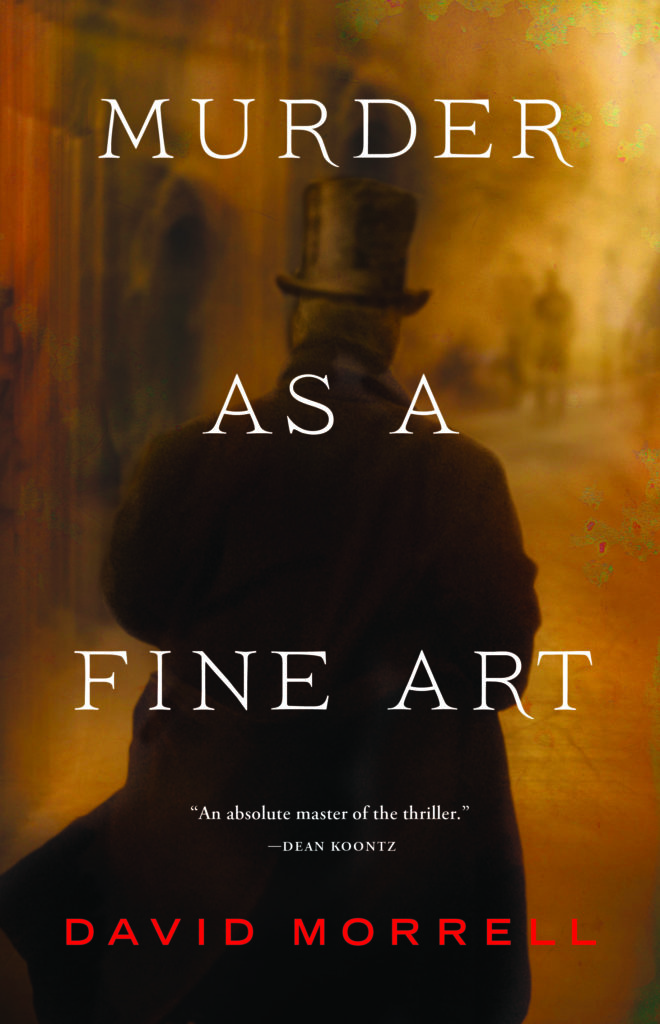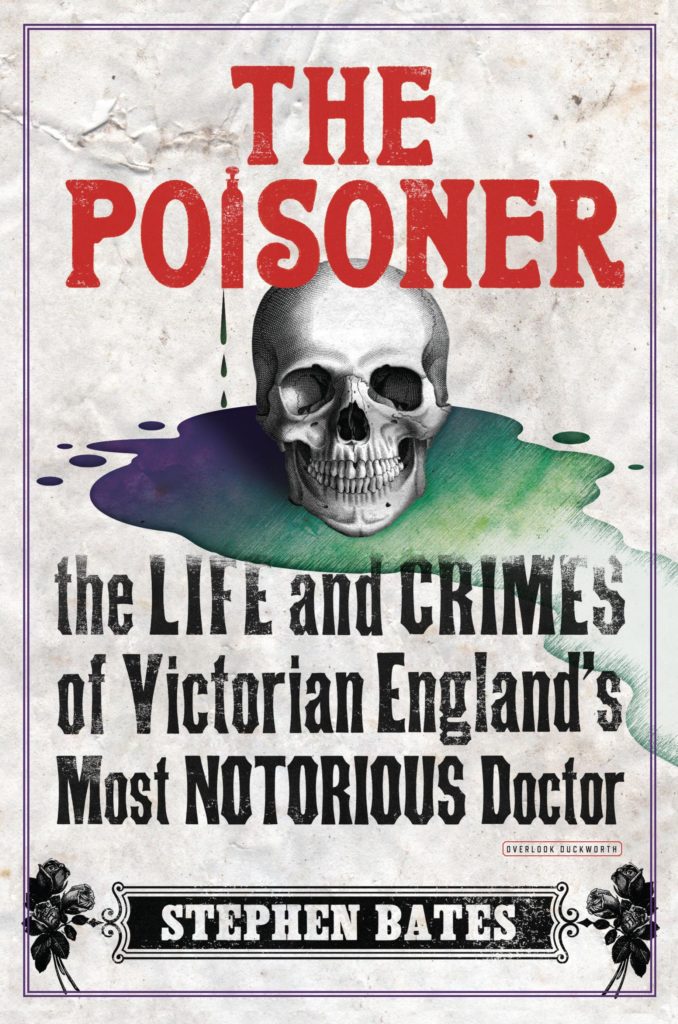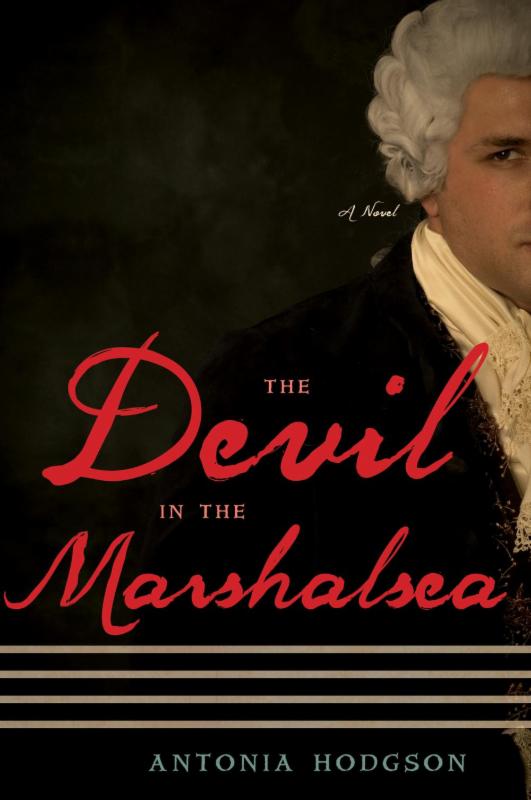This is a brilliant behind-the-curtain novel. It pulls together known facts in such a way as to make it nearly believable. Here, the famous writer Thomas De Quincey (who wrote The Confessions of an English Opium-Eater) comes to life, along with his daughter in a dastardly mystery. When a series of murders starts to terrorize Victorian London, Scotland knocks on De Quincey’s door. It seems the murderer is framing his crimes on another of De Quincey’s essays. In order to clear his name, both as a writer and as a criminal, he and his daughter set out to find the killer themselves.
Morrell writes in a tone that completely captures the greasy gaslit cobblestones and opium dens of London that birthed criminal detection.
London had all kinds of livestock scattered through it. Farmers moving to the city or else laborers doing their best to survive often found a small space in a courtyard in which to keep an animal for food. Cows, pigs, goats, lambs, chickens — their sounds as much a part of the city as the rattle of coaches and the clop of hooves.
But the pigs served a double purpose. Not only did they provide meat; they were also garbage eaters. Like the ever-present ravens, they were important in London’s fight against being buried in its slops. ~Pg. 24
The fog was worse than the night before, the soot particles in greater quantity, sticking to skin and clothing. Ryan had managed to find a wagon with a cover, shielding De Quincey, Emily, Becker, and himself as a constable drove them toward the tavern. But apart from the shelter that the canvas walls and roof provided, Ryan would have preferred to see the smothering fog and try to guess the cause of possibly threatening shadows moving within it. ~Pg. 194
This is a highly intelligent mystery for avid historical readers.
Thank you to Mulholland Books for the review copy.
_____________________
Paperback
368 pages
Publisher: Mulholland Books
Release: June 10, 2014
Language: English
ISBN-10: 031621678X
ISBN-13: 978-0316216784
The Poisoner is nonfiction, told with the drama of a Dateline episode. William Palmer was a middle class doctor who became the picture of the Victorian murderer-in-our-midst. Utterly normal in every way — middling talent, free-spending, country-dwelling — Dr. Palmer seemed to be just like his otherwise unassuming peers. But when Palmer found himself with debts he couldn’t repay, he poisoned a friend who owed him money. But when the inquest didn’t go smoothly, investigators noticed an alarming pattern. Palmer had a habit of buying life insurance policies who conveniently died after only the first premium was paid. Life insurance was a fairly new business, but a healthy one.
The Prudential, in particular, was an early and aggressive advertiser of its products, with posters at all railway terminals just to remind travellers of the risks they were taking by going by train. These companies were the canny ones, cautious of risk and reluctant to pay out on policies: when the relatives of a convict tried to claim on his life insurance after the prison ship transporting him to Australia sank, they were refused on the grounds that he has left the country without the insurer’s permission. Meanwhile, freelance insurance agents, selling on commission, were in fierce competition, often insuring the same life several times with different companies and receiving fees from each. The life insurance market, when had been valued at £10 million a year in 1800, was by 1850 worth £150 million and in 1870 would reach £270 million. ~Pg. 107
Bates combs through the mountains of newspaper reports, witness statements and court records to follow the story of Palmer’s case. The reader can sift through as well and decide whether they think Palmer is guilty for themselves.
Thanks to Overlook Press for the review copy.
ISBN 13: 978-1-4683-0911-9
Trim Size: 6 x 9
Hardcover
Overlook
05/15/2014
This is a delightful twist on the Victorian crime novel. The protagonist Tom Hawkins is thrown in debtor’s prison after being unable to pay off his loans. Desperate to escape the horrid conditions, he makes a deal solve the mysterious death of Captain Roberts. In the meantime, he befriends Samuel Fleet, the unofficial mayor of prisoners — an affiliation that could hurt as much as it helps. Though Hawkins is only imprisoned for a few days, he quickly learns the various methods of survival.
The view from inside those walls is horrendous. It is also much more nuanced and intricate than I would have imagined. It was a small town, with a tavern . The prison master would run a tab for each inmate, renting less dingy rooms for exorbitant amounts. The desperation among prisoners was a tool for profit. Those who couldn’t, or wouldn’t, pay were thrown in the Common Side, a cesspool of inhumanity — and an incentive for the rest.
All the tables were filled bar one, positioned next to a narrow balcony overlooking the yard. It seemed odd that no one had taken it when the Tap Room was so full. Fleet settled into his chair with a proprietorial air.
‘They call it the Park,’ he said, tilting his chin towards the window. ‘The yard and these rooms by the Lodge. The gaol’s known as the Castle.’ He waved his pipe in a circle, as if taking in the whole prison. ‘Weak men often give foolish names to the things they fear. Makes them feel safe, I suppose.’ He smirked at me as if to say, ‘but you and I, we are above such nonsense, are we not?’ He lit his pipe and took a deep draw. ‘They’ve given me a name,’ he murmured, smoke trailing from his lips. He had a strange, conspiratorial way of speaking, like a villain coming front of stage to let an audience in on his schemes. ~Pg. 46
This is Hodgson’s first novel and I truly hope she writes more. The book balances an exciting plot with historical realism and complicated characters.
Many thanks to Mariner Books for the review copy.
Paperback
400 pages
Publisher: Mariner Books
Release: June 10, 2014
Language: English
ISBN-10: 0544176677
ISBN-13: 978-0544176676



